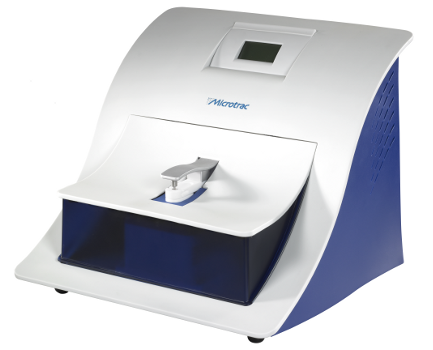

Due to the triple axis geometry, it is possible to distinguish between motion parallel and normal to the wall. The set-up is equipped with a 532 nm Nd-Yag Laser, two Perkin Elmer avalanche diodes and an ALV 6000 multiple tau correlator. Our home built EWDLS instrument allows measuring the Brownian dynamics of colloids in the ultimate vicinity of a solid surface. The horizontal optical train in the figure is used to image structures under flow conditions using a CCD camera, with a spatial resolution of about 10 micron. The lenses L2, 元 focus the scattered light through pinholes onto a PMT, which is connected to a correlator with a linear time spacing. The lens L1 is mounted on a motorized translation stage, in order to sweep the focal point through the gap. The extent of the overlap volume of the two lasers is about 100 micron. Two He-Ne laser beams are focused by the lens L1 at the same point within the gap of the shear cell, by which a standing interference pattern is created. Both a back- and forward-scattering configuration with a difference in the scattering wave vector of about a factor of 10 can be used, for slow and fast decaying correlation functions. Velocity profiles along the gradient direction in an optical Couette cell can be probed. Light Scattering Spatially Resolved Heterodyne Light Scattering

Our home-built vertical rheo-SAXS detection line allows us to combine all relevant geometries for rheology with small-angle X-ray scattering. We can use the set-up also in combination with a microscope to perform microscopy under shear, using cells with a flattened surface. We probe structures between 250 nm and several microns. We can go through none gap, if needed and project the scattered light is projected on a fast CCD or sCMOS camera. The setup allows for (time resolved) light scattering measurements under shear from a transparent Couette cell with rotating inner cylinder. In the detection line we can either use a fast scanning confocal microscope (VTinfinity with a maximum frequency of 1000 frames per seconds, depending on the camera) or bright field (fluorescence). The plate is made from 0.17 mm sapphire windows, such that we can use high NA emersion objectives (up to NA=1.4). We have a set-up where we can perform microscopy in the zero-velocity plane, due to the fact that we can independently move the cone and the plate of our home-build shear cell. Shear Cells and Rheometers Shear Cell for Microscopy The very last item is a list of available standard equipment. We give an overview of such equipment and sample cells, as well as the (partly) commercially available experimental set ups.

Most of the experimental equipment, including specialized sample environments, is designed and built in-house. Birefringence and Dynamic Light Scattering.


 0 kommentar(er)
0 kommentar(er)
